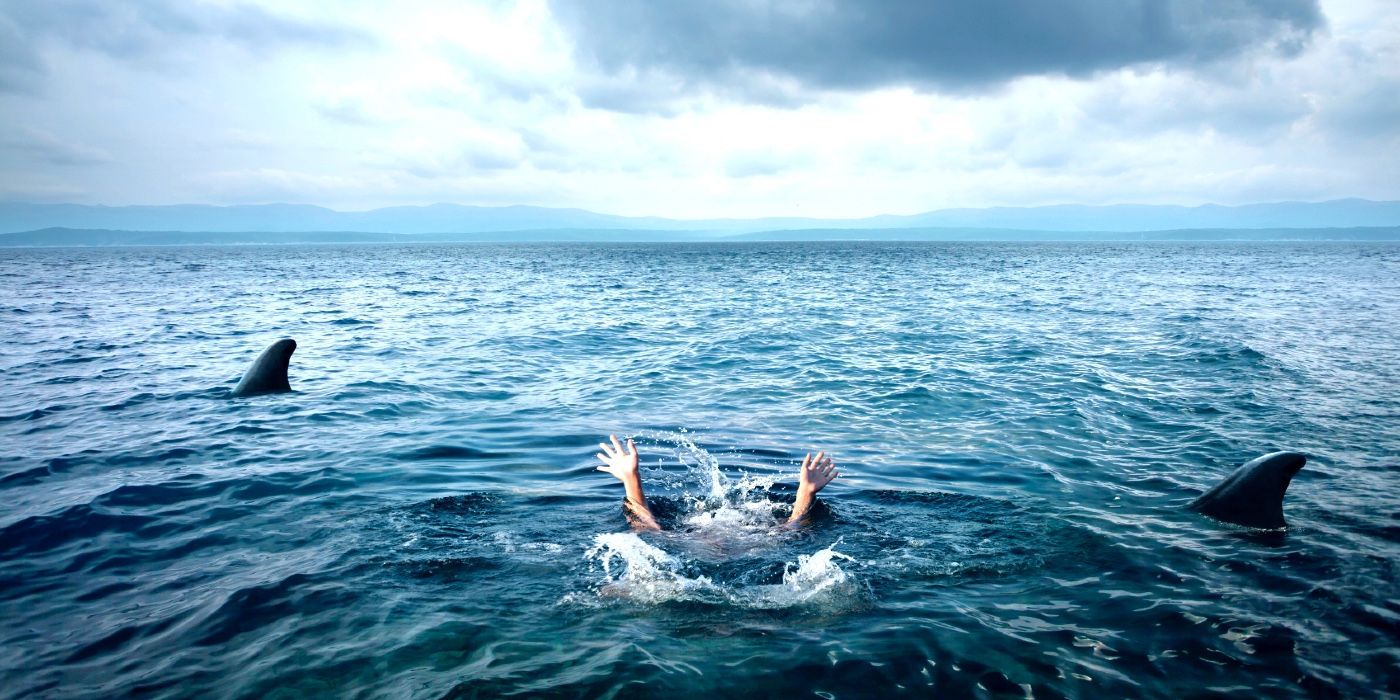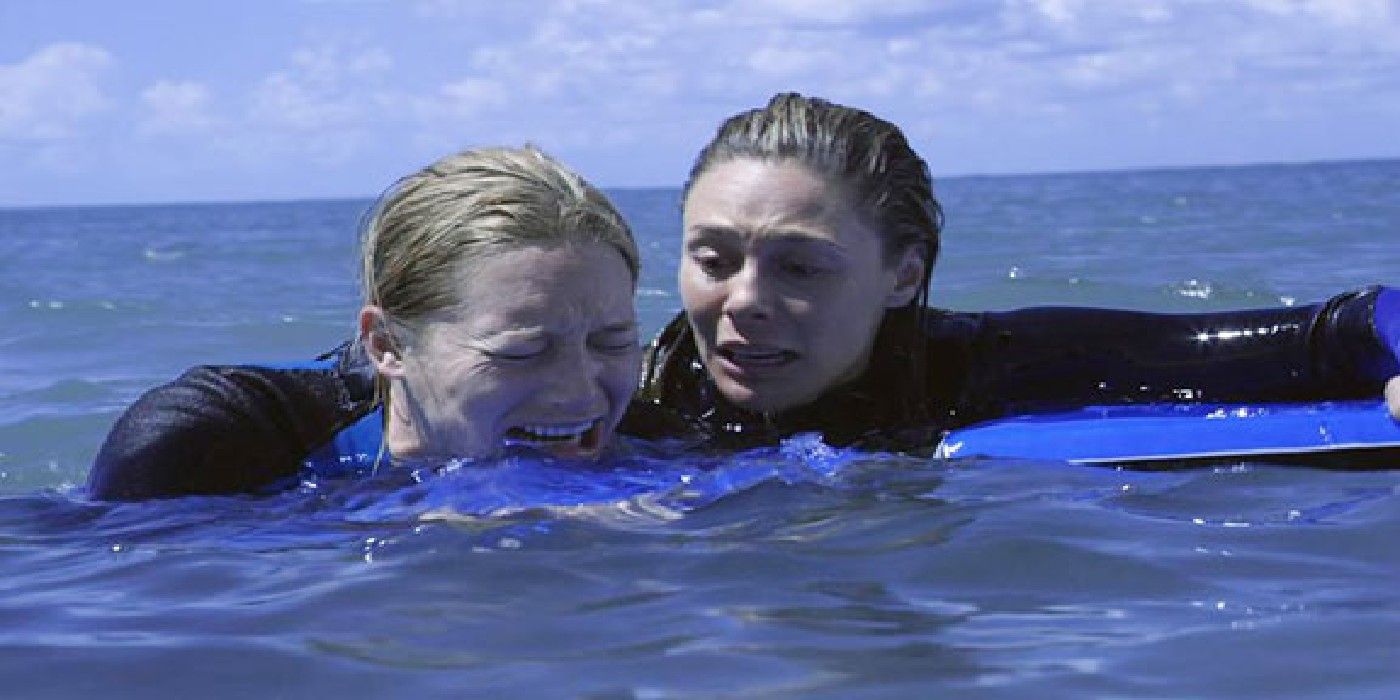Open Water and The Reef are two movies that prove that the scariest shark flicks are the ones that rely on realism and don’t use CGI. The movies—released in 2003 and 2010, respectively—both center on people who are left stranded in the open sea, without boats or any gear, and find themselves being stalked by sharks.
Both movies utilized footage of actual sharks. According to National Geographic, the Open Water crew worked with a shark expert, who introduced them to grey reef sharks as well as a few bull sharks. The filmmakers—married couple Chris Kentis, writer and director, and Laura Lay, producer—would throw chunks of bloody fish into the water, which would get the sharks worked up for lively footage. "It was important to work with real sharks, to get the way their tails flap around like big rats in the water as opposed to the usual Hollywood fin gliding smoothly on the surface," said Chris Kentis. With The Reef, meanwhile, director Andrew Traucki told Medium that he worked the actors’ scenes around footage of live sharks.
Another element that makes Open Water and The Reef so scary is that the sharks are rarely shown up close. And oftentimes, the scenes in which no sharks are seen at all—the characters left paranoid as they wonder what may or may not be circling far below them—are the most paranoia-inducing. Hollywood loves to heavily utilize CGI, and has done so with some major blockbuster films within the killer shark sub-genre of horror, but that's not always the best take. Sometimes, simplicity is better.
Why Killer Shark Movies Are Scarier By Relying On Realism
In bigger-budget movies like The Meg, The Shallows, and 47 Meters Down, CGI was heavily employed, with the sharks in each one ending up looking cartoonish and obviously fake; this drastically reduced the element of terror for audiences. Plus, most of these types of shark movies have unrealistic portrayals of shark tendencies and diving technicalities.
Open Water and The Reef each use strong elements other than actual shark footage to terrify viewers. The characters in each movie, for example, are relatable; they act as the average person would in a life-threatening situation, panicking, arguing, and even going into shock. What’s more, they’re stuck swimming in open seas without any gear conveniently with them; in Jaws, Martin Brody has a pressurized scuba tank and a rifle on hand to obliterate the movie’s infamous shark.
Also aiding to the terror offered by Open Water and The Reef, both movies are based on true stories. The first is loosely based on the story of Tom and Eileen Lonergan, who in 1998 went out with a scuba diving group on the Great Barrier Reef and were left behind. And the second is based on the story of Ray Boundy, who was the sole survivor of a similar incident in 1983. This concept has been picked up for original programming during the Discovery channel's Shark Week, which also focuses on educational documentaries about sharks, but has taken to add scripted movies that embrace the realism presented in these horror movies rather than more stylized, Hollywood fare.


